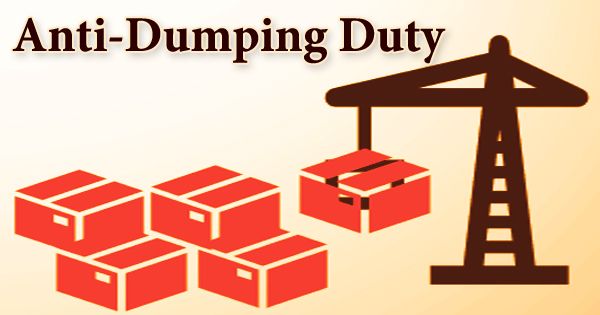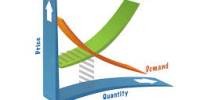The process of communicating the social and environmental consequences of organizations’ economic actions to specific interest groups within society and to society at large is known as social accounting. The primary function of social responsibility accounting is to measure and disclose the ‘costs’ and ‘benefits’ to society created by a business enterprise’s production-related activities. Product and quality improvement, fair business practices, human resources, the environment, and community involvement are among them.
The ability of a company to make a profit determines its success or failure. The calculation method does not take into account all economic, human, and social aspects of a business community. This kind of social accounting takes into account internal environment in a company, worker motivation, utilization of world’s resources, pollution, product properties, and the company’s relationship to the outside world.
Difficulties of Social Accounting –
The preparation of social accounts presents the following difficulties:
- Imputations
All income and payments are measured in money when preparing social accounts. However, many goods and services are difficult to quantify in terms of money. They include housewife services in her home, painting as a hobby by an individual, a teacher teaching his children at home, and so on. Similarly, there are a number of products and services that are not traded or marketed.
They are vegetables grown in the kitchen garden and consumed by the family, the rental value of the owner’s home, a portion of farm produce retained by the farmer for personal consumption, and so on. All non-market transactions that cannot be measured in monetary terms pose difficulties in accurately preparing social accounts.
- Double Counting
The most difficult aspect of preparing social accounts is double counting. It results from a failure to differentiate between final and intermediate products. For example, flour used in a bakery is an intermediate product, while flour used in a household is the final product.
Similarly, the government’s purchase of a newly constructed building is included in the economy’s consumption output. The purchase of the same building by a private firm, on the other hand, becomes gross investment for the year.’ In social accounts, the same product is shown as consumption and investment. Such issues impede the preparation of social accounts.
- Public Services
Another problem is of estimating a number of public services in social accounts. They are police, military, health, education, etc. Similarly, the contributions made by multipurpose river valley projects cannot be fitted into the social accounts because of the difficulty of assessing their numerous benefits in monetary terms.
- Inventory Adjustments
Inventory valuation adjustment is used to adjust all inventory changes, whether positive or negative, in the production accounts. The problem is that firms record inventories at their original costs rather than their replacement costs.
When prices rise, so does the book value of inventories. However, when prices fall, the value of inventories decreases. So, in order to correctly calculate inventories in business accounts under social accounting, inventory valuation adjustment is required, which is a difficult task.
- Depreciation
Another issue in business accounts under social accounting is estimating depreciation. For example, estimating the current depreciation rate of a capital asset with a very long expected life, say fifty years, is extremely difficult. The difficulty grows when asset prices fluctuate year after year. In contrast to inventories, depreciation valuation adjustment in social accounts is extremely difficult.
















